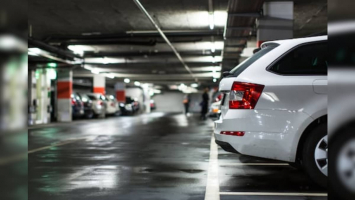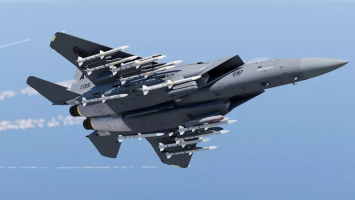Top 5 Most Expensive Construction Projects
The ongoing growth of infrastructure has been allowed by technological advancements and human ambition. Someone will definitely attempt to achieve the ... read more...seemingly unattainable. Great ambition, on the other hand, frequently comes at a cost. Here are five of the world's most expensive construction projects.
-
The TEN-T, or Trans-European Transport Network, is a "European-wide network of railway lines, roads, inland waterways, maritime shipping routes, ports, airports, and railroad terminals" with the goal of not only building new infrastructure but also reducing the environmental impact of transportation while increasing energy efficiency and safety. This massive project includes, but is not limited to, nine key corridors that mirror major long-distance transportation movements and routes across Europe. The TEN-T is the world's largest and most expensive construction project, with a projected total cost of €500 billion ($600 billion). Experts estimate that removing bottlenecks and deficiencies in the main transportation infrastructure will cost at least €250 billion.
It's unsurprising that the project is running behind schedule and over budget. It was started in 2013 and is no longer projected to be operational by the planned 2030 deadline. Changes in design and scope over time have "led to cost hikes of €17.3 billion (or 47 percent) compared to early cost estimates," according to a recent commission audit of the project.
Cost Estimation: $600 Billion by 2050
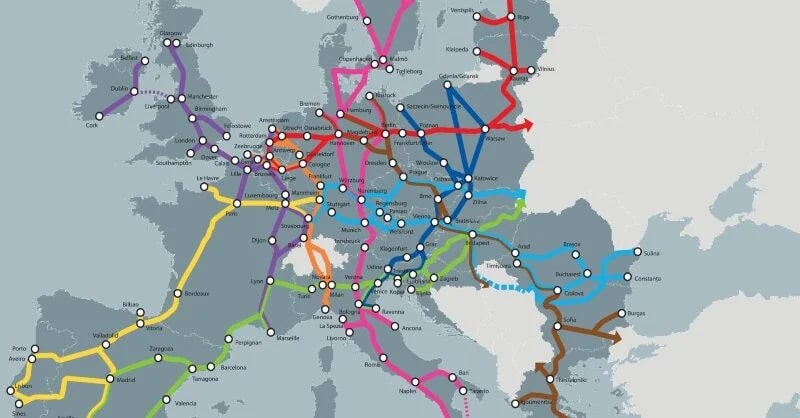
Photo: Railway Technology 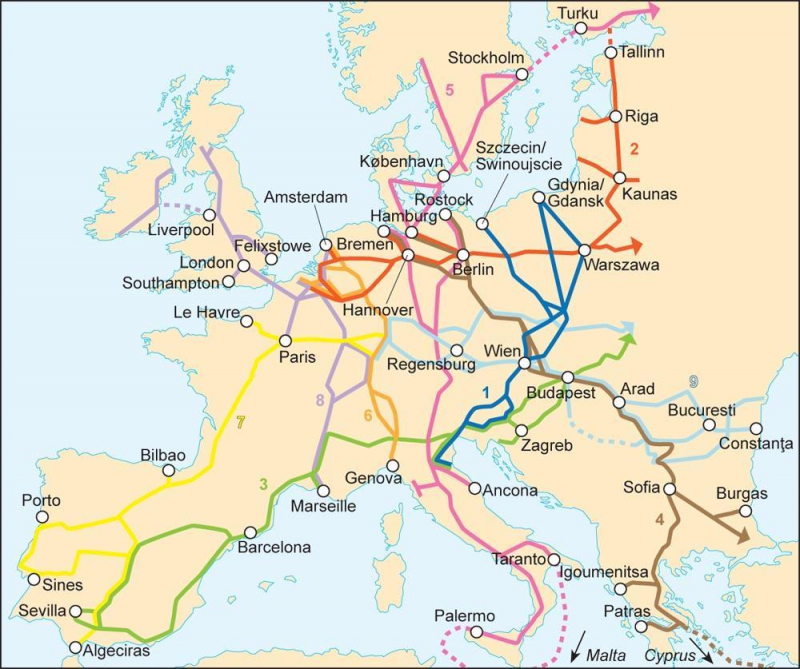
Photo: Railway Gazette -
According to some estimates, the International Space Station (ISS) is the most expensive single item ever built. The project was originally projected for $150 billion in 1998, making it the world's largest megaproject at the time. The space station, a cooperative project produced in conjunction with 15 different nations, is longer than a football field and was meticulously built piece by piece while in orbit using spacewalking astronauts and robotics in 30 flights over ten years.
The station's cost has only continued to rise as the project's lifespan lengthened and additional parts and equipment were added–a cost overrun that should have been avoided in the planning stage. In actuality, the station's total estimated cost will be at least $230 billion by 2030, when it is expected to be completed. Some speculate that the eventual cost will be closer to $1 trillion, dwarfing comparable space construction projects such as the manned Mars trip, which is expected to cost only $40 billion.
Cost Estimation: $230+ Billion by 2030
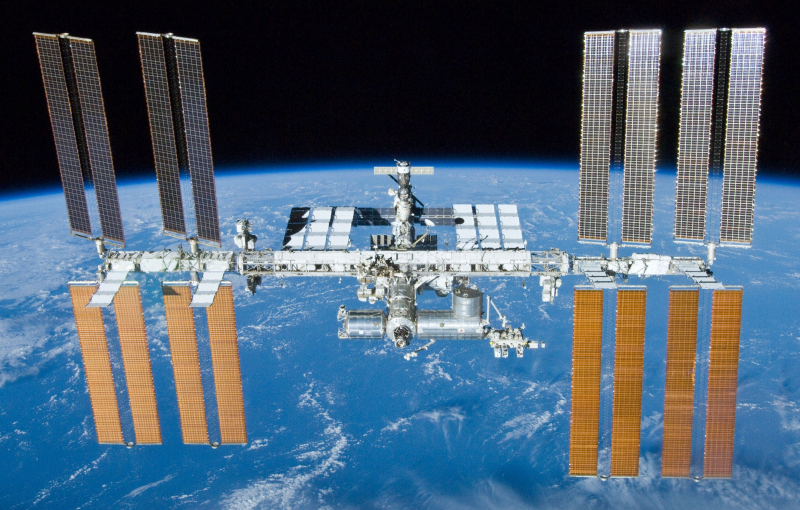
Photo: Wikipedia 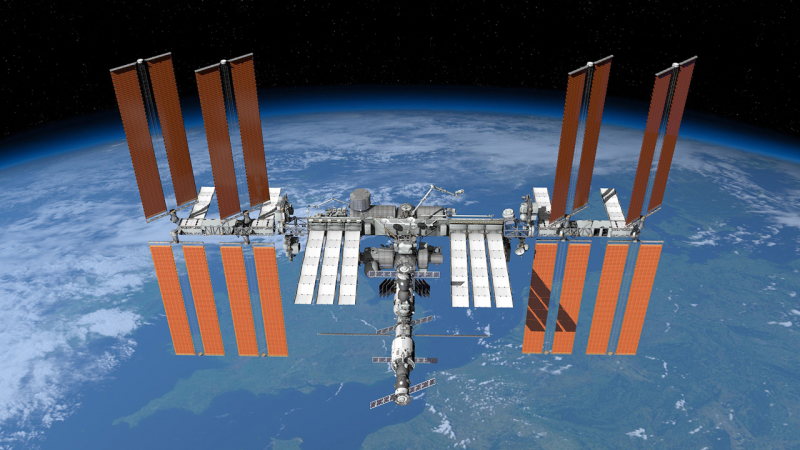
Photo: SpaceCraftEarth -
The proposed city Madinat al-Hareer (Silk City), designed to wean Kuwait off its reliance on oil and better connect the Arab Gulf to Europe and Asia, is the centerpiece of the New Kuwait 2035 initiative. The city will be built in phases over a 25-year span, with Phase 1 starting in 2019. Silk City, now budgeted at $132 billion, is one of the world's largest and most expensive construction projects, yet it represents a minor percentage of the $1 trillion invested in Gulf region infrastructure.
While Madinat al-Hareer does not now hold the world record for the most expensive construction project, it is on track to do so in the near future. The city's crown gem, the skyscraper Burj Mubarak al-Kabir, is on track to surpass Dubai's Burj Khalifa as the world's highest structure, with a height of 1001 meters to honor the Arabian folklore collection One Thousand One Arabian Nights. A new rail network, an international airport, and an international hub will all be housed in this huge metropolis. More crucially, the city will have an Olympic-standard stadium, retail shops, entertainment facilities, and housing and employment for 700,000 people in order to boost Kuwait's tourism economy.
While Kuwait's ambition for Silk City is audacious, many are already questioning the project's viability, given the megaproject's sheer size and cost, and at least one expert believes the project will suffer. Despite the fact that the project was initially supposed to cost $86 billion, the most recent projections indicate that it is already 53 percent over budget.
Cost Estimation: $132 Billion
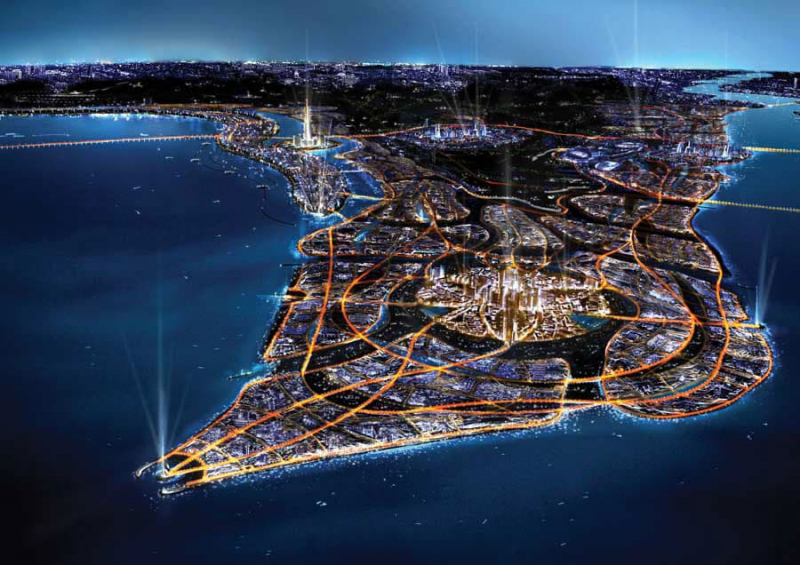
Photo: We Build Value 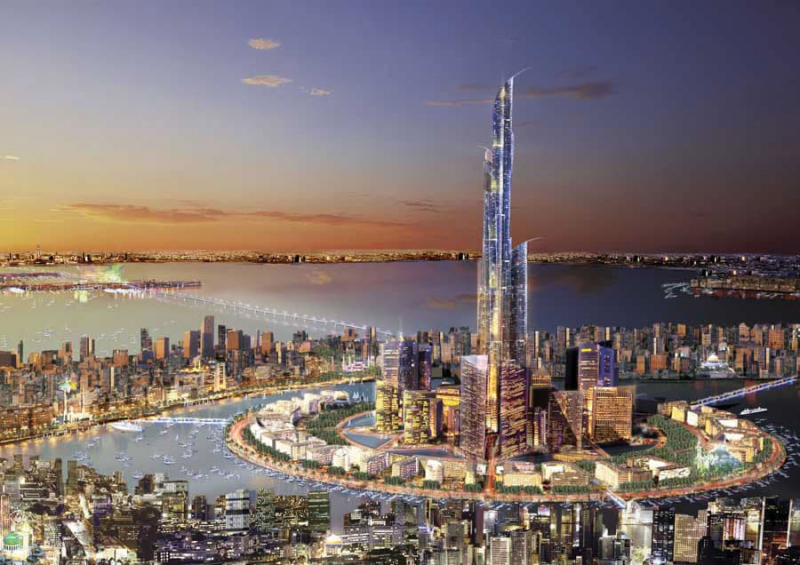
Photo: We Build Value -
The High-Speed Rail project, which is being built by 4000 workers across the state, will connect California's megaregions and will be the first high-speed rail system in the country. The project's first phase will connect San Francisco to the Los Angeles basin in less than three hours, at speeds surpassing 200 miles per hour. The railway will be extended to Sacramento and San Diego in Phase 2, totaling 800 miles.
The High-Speed Rail project, however, is not only beyond budget, but also behind schedule. The project's initial budget was $33 billion when it was approved in 2008, but it has now been boosted to at least $100 billion. Indeed, the 65-mile Kings County leg of the rail is currently 62 percent over budget, with cost overruns totaling more than $800 million. The project, which has been beset by delays, was intended to be operational by 2020 but is now in danger of missing its new operational date of 2030 by at least two years, increasing cost overruns. Many of the project's problems stem from the state accepting the lowest offer from a design contractor who provided a grossly erroneous cost estimate that promised $300 million in cost savings but only delivered one costly modification order after another.
Despite these obstacles, the California High-Speed Rail Authority (CHSRA), which oversees the project, claims it is making progress building the rail.
Cost Estimation: $100+ billion
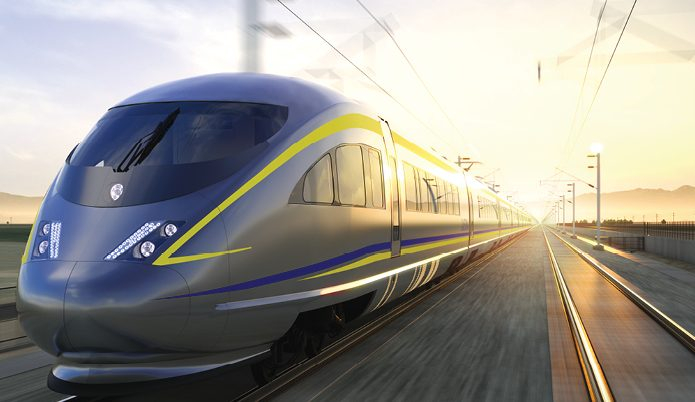
Photo: Pinterest 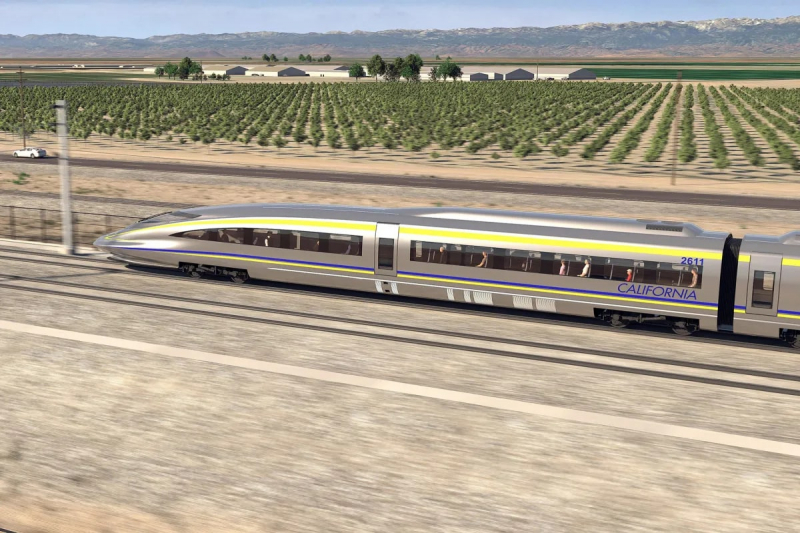
Photo: CalMatters -
Forest City is the smartest green city or luxury residential complex being created as part of China's "belt and road" economic strategy in collaboration with Country Garden, China's largest developer. Forest City, which began construction in 2014 on four man-made islands off the coast of Johor, Malaysia, is set on 3,425 acres of seagrass, flora, and fauna. The city is scheduled to be finished in 2035.
The city, dubbed "jade carved out of the ocean" by its developers, aims to reimagine futurism from an ecological standpoint, using the "most advanced 3-D multi-layered urban planning concept" with lush green surroundings, vehicles underground that eliminate automobile pollution, low energy consumption, and recycled rainwater. A transit hub, an exhibition center, and a clubhouse, as well as a man-made beach, coastal commercial streets, luxury hotels, waterfront residences, villas, and even an international school, are all part of Phase 1 development. The city will eventually comprise an international retail "paradise" and high-end hospitals. Villas with views of the sea, beach cottages, vertical greeneries, sky gardens, and vegetation-covered building facades. Forest City isn't just a dream city–it's a utopia, at least on the surface.
However, due to a rift between the Malaysian government and Country Garden over China's aggressive economic expansion in Malaysia, the project's completion has been delayed, significantly raising its cost. The project has spiraled out of control, similar to previous enormous megaprojects that began with the greatest of intentions, with development delayed or paused, escalating cost and schedule overruns.
Cost Estimation: $100 million
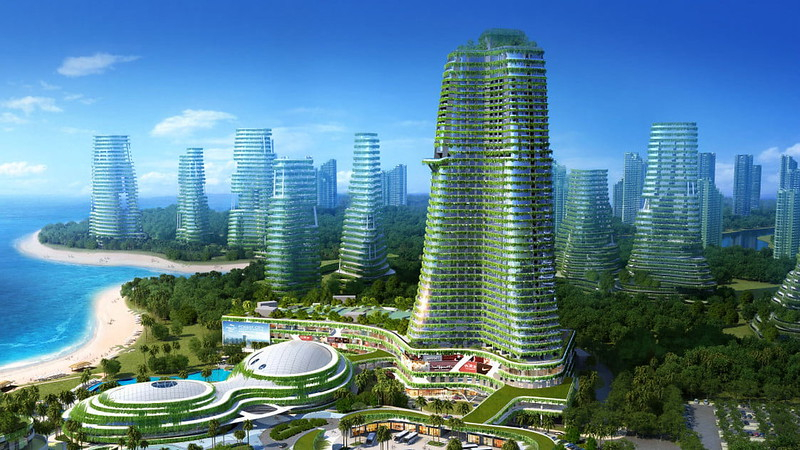
Photo: Future Southeast Asia 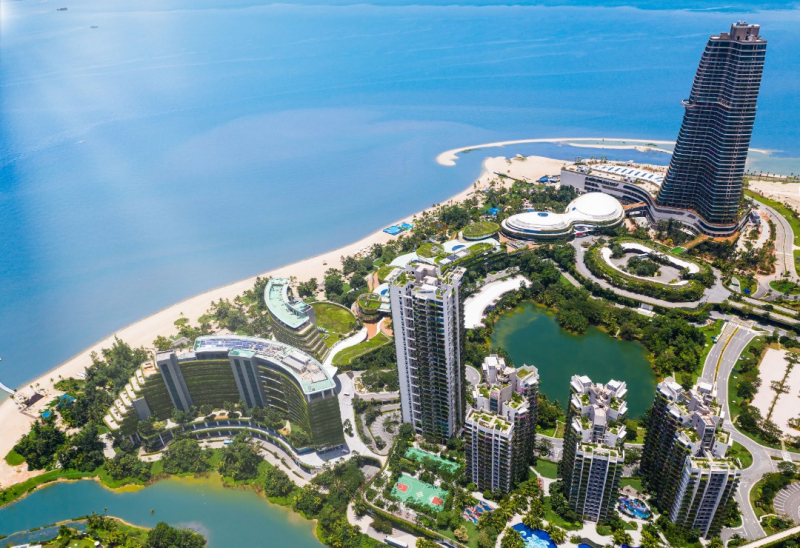
Photo: forestcitycgpv.com















